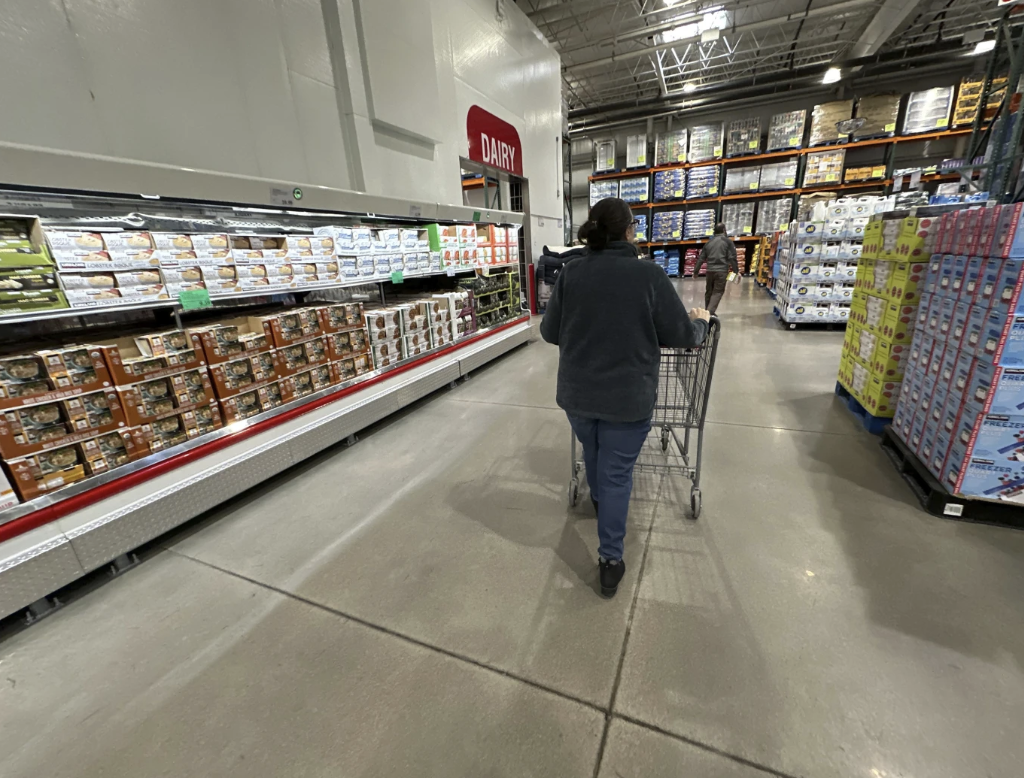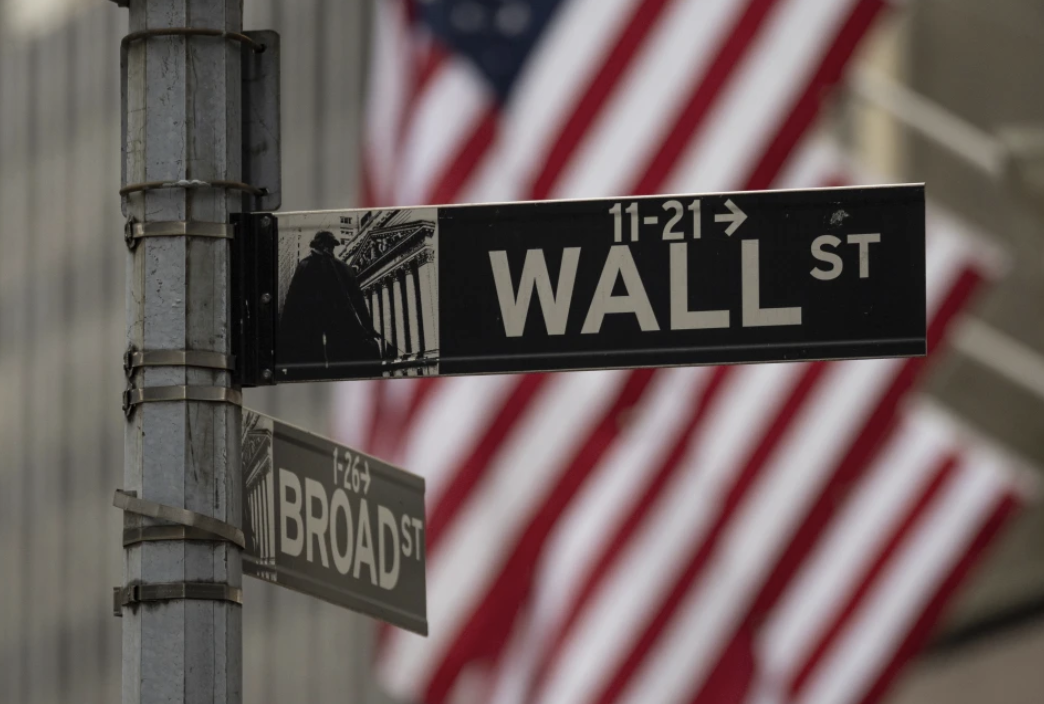The Reserve Bank of Australia (RBA) is likely to keep interest rates unchanged at its July 2025 meeting, choosing caution as it awaits clearer inflation signals. With global trade tensions escalating and domestic economic indicators sending mixed messages, the RBA’s decision underscores a careful balancing act. Inflation is cooling but remains sticky, and the bank wants more data before making bold moves. This article explores the RBA’s strategy, the numbers shaping its outlook, and what lies ahead for Australia’s economy, complete with a detailed table of possible rate scenarios.
Why the RBA Is Staying Put
The RBA’s cash rate stands at 3.85%, down from a high of 4.35% in late 2023. After a 25-basis-point cut in May 2025, the bank adopted a cautious stance, wary of acting too hastily. Westpac IQ points to a tight labor market (unemployment at 4.1%) and persistent services inflation (3.2% year-over-year in May 2025) as key concerns. The RBA’s May Statement on Monetary Policy projected trimmed mean inflation-a core measure of price pressures-holding steady at 2.6% through 2026, slightly above the 2–3% target midpoint.
A softer-than-expected May CPI of 2.4% (versus a 2.5% forecast) sparked some market hope for a July cut, with Yahoo Finance reporting a 97% probability priced in by investors. But the RBA isn’t convinced. Governor Michele Bullock stressed in June that a single month’s data won’t shift policy. The June quarterly CPI, due later in July, is expected to hit 2.7%, and an overshoot could muddy the waters. Global trade disruptions, like U.S. tariffs averaging 30% on Chinese goods, add further uncertainty, prompting the RBA to demand more clarity before acting.
Global Trade Clouds the Horizon
A potential U.S.-led trade war is a growing worry. President Trump’s tariffs, which rose from 3% in January 2025 to 10% on most countries and 30% on China, are shaking global markets. The World Trade Organization warns of a decline in global goods trade, with a “severe” drop possible if tensions escalate. For Australia, a commodity-driven economy, this spells trouble. China, a major trading partner, faces slower growth (4.8% GDP in 2025, per Deloitte), which could curb demand for Australian exports like iron ore and coal.
Treasury modeling cited by Westpac IQ suggests Australia might escape with minimal damage, with tariffs trimming just 0.2% off GDP growth by 2026. But the RBA remains vigilant. A slightly stronger Australian dollar (down 0.2% to $0.6569 in early July) could ease import price pressures, but falling commodity prices-iron ore futures are down 15% since January 2025-threaten export revenues. The RBA’s Global Economic Model (via Oxford Economics) flags a potential “confidence shock” if tariffs trigger global asset price drops, which could dampen Australian consumption and investment.
Mixed Signals at Home
Domestically, the RBA faces a patchy economic picture. Retail sales crawled up 0.1% month-over-month in May, marking four months of weak growth, according to Reuters. High housing costs (rents up 3.8% annually) are squeezing consumers. Yet, the labor market holds strong, with unemployment at 4.1%, near historic lows. Wages are a concern, with the Wage Price Index rising 3.6% year-over-year in Q1 2025. The RBA expects a bump to 3.8% by year-end, which could stoke inflation if productivity (growing at just 0.8% annually) doesn’t improve.
Household spending, a key GDP driver, is faltering. Westpac’s Consumer Panel data shows only 25% of extra disposable income from Stage 3 tax cuts is being spent, well below the 40% historical norm. This caution, alongside a 0.8% drop in furniture prices (a tariff-sensitive category), suggests consumers are bracing for price hikes. The RBA’s February 2025 forecast of 2.5% consumption growth now seems ambitious.
What’s Next for Rates?
The RBA’s next steps depend on inflation and labor trends. Westpac IQ forecasts no change in July but expects 25-basis-point cuts in August and November, lowering the cash rate to 3.35% by year-end. If inflation falls below 2.5% late in 2025, two additional cuts could push the rate to a “neutral” 2.85% by mid-2026. But risks loom. A “shaky handover” in the care economy or stalled infrastructure could lift unemployment to 4.5%, per Westpac, weakening demand and justifying earlier cuts. If quarterly CPI surprises at 2.9%, the RBA might hold steady into 2026.
The U.S. Federal Reserve’s moves also matter. With U.S. inflation at 2.4% in May and rates at 4.25–4.5%, global policy remains tight. If the Fed delays cuts due to tariff-driven price pressures (Barclays predicts U.S. CPI reaching 3.5% by December), the RBA might follow to stabilize the currency.
RBA Cash Rate Scenarios (2025–2026)
The table below outlines possible rate paths based on inflation outcomes:
| Scenario | July 2025 | Nov 2025 | May 2026 | Key Driver |
| Baseline | 3.85% | 3.35% | 2.85% | CPI at 2.5% |
| Upside | 3.85% | 3.85% | 3.35% | CPI at 2.9% |
| Downside | 3.60% | 3.10% | 2.60% | CPI at 2.2% |
The RBA’s July pause is a calculated move amid uncertainty. With inflation hovering near target, global trade risks rising, and domestic demand softening, the bank is keeping its options open. The June CPI release will be critical-if it comes in low, markets may push for an August cut. For now, the RBA is holding firm, ready to adjust as the data unfolds. Australia’s economy is at a turning point, and the central bank is treading carefully.

